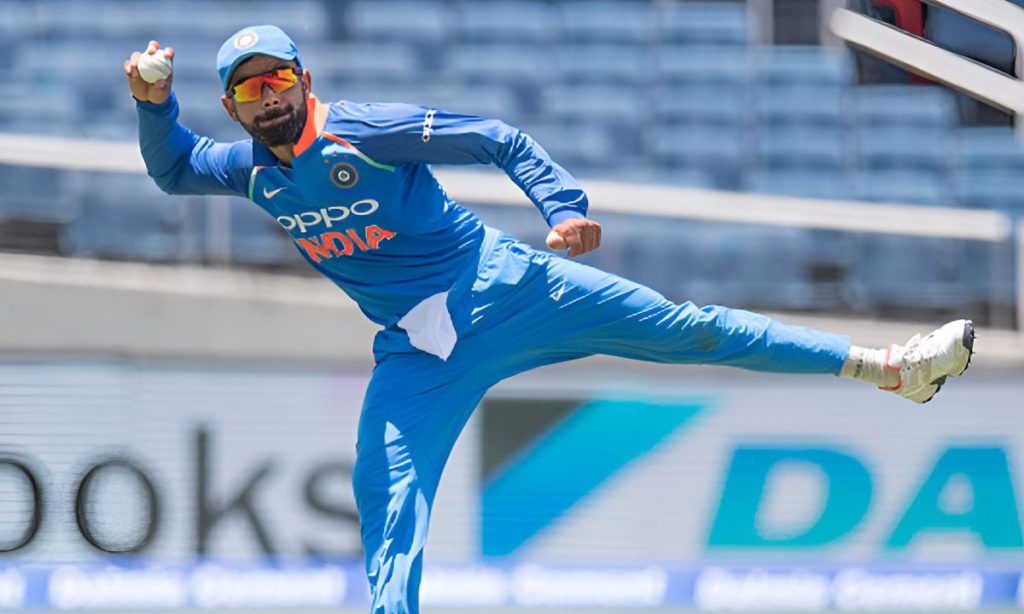In the fast-paced world of One Day International cricket, catching can make the difference between victory and defeat. The ability to consistently take catches under pressure, whether in the slips or patrolling the boundary, is a skill that separates good fielders from the truly exceptional ones. Let’s dive into the stories of the five players who have proven themselves to be the most reliable catchers in ODI history.
What Makes a Great Catcher?
Before we explore our top five, it’s worth understanding what makes these players so exceptional. Reliable catching requires a perfect blend of concentration, hand-eye coordination, anticipation, and the ability to maintain focus throughout long innings. These players have mastered these elements to become legends of the game.
1. Mahela Jayawardene (Sri Lanka) – The Record Holder
Setting the Standard
With an incredible 218 catches from 448 matches, Mahela Jayawardene stands at the pinnacle of ODI catching statistics. His catch-to-innings ratio of 0.492 demonstrates remarkable consistency throughout his 17-year career from 1998 to 2015.
Tactical Positioning
What made Jayawardene exceptional wasn’t just his catching ability but his strategic positioning. Whether in the slips, at short mid-wicket, or in the covers, he seemed to have an innate ability to predict where the ball would go. His understanding of batsmen’s tendencies and quick reflexes made him particularly effective in the crucial positions close to the bat.
2. Ricky Ponting (Australia) – The Complete Package
Leading from the Front
With 160 catches in 375 matches, Ponting’s catching statistics (0.43 catches per innings) tell only part of the story. As Australia’s long-term captain, his catching ability set the standard for what was arguably cricket’s greatest fielding side of the modern era.
Athletic Excellence
Ponting’s athleticism made him especially effective in positions requiring quick reactions and agility. His ability to take catches while diving or running at full speed became a trademark of his fielding style, inspiring a generation of young cricketers to elevate their fielding standards.
3. Mohammad Azharuddin (India) – The Natural
Artistic Excellence
Azharuddin’s 156 catches in 334 matches came with a catching efficiency of 0.469 catches per innings. What made him special was the seemingly effortless way he took even the most difficult catches. His natural ability to make catching look easy earned him a reputation as one of cricket’s most elegant fielders.
Slip Catching Specialist
Many of Azharuddin’s catches came in the slip cordon, where his soft hands and quick reflexes made him particularly effective. His ability to maintain concentration and take crucial catches, especially off spin bowling, made him an invaluable asset to the Indian team.
4. Virat Kohli (India) – The Modern Great
Setting New Standards
With 154 catches in 294 matches (0.523 catches per innings), Kohli represents the modern approach to fielding excellence. His catches-per-innings ratio, the second-highest among our top five, demonstrates how fielding standards have evolved in contemporary cricket.
Athletic Innovation
Kohli’s catching ability is enhanced by his supreme fitness and agility. His capacity to cover ground quickly and take catches while running at full speed has redefined what’s possible in the field. His commitment to fitness has allowed him to maintain high standards throughout long matches and series.
5. Ross Taylor (New Zealand) – The Efficient Catcher
Statistical Excellence
Ross Taylor‘s 142 catches in 232 matches might put him fifth on the all-time list, but his catch-per-innings ratio of 0.612 is the highest among our top five. This remarkable efficiency demonstrates his exceptional reliability as a fielder.
Versatility in the Field
Whether in the slips, at point, or in the deep, Taylor’s adaptability made him a valuable asset to New Zealand’s fielding unit. His ability to maintain concentration and take crucial catches in any position made him particularly valuable in high-pressure situations.
The Evolution of Fielding Standards
Training and Technology
Modern cricket has seen a revolution in fielding standards, driven by improved training methods and technology. Video analysis, specialized coaching, and enhanced fitness regimes have all contributed to raising the bar for what’s possible in the field.
Impact on the Game
The importance of catching in modern cricket cannot be overstated. As batting techniques evolve and scoring rates increase, the ability to take catches consistently has become more crucial than ever. These five players have set standards that future generations will strive to match.
Legacy and Influence
Inspiring Future Generations
The catching excellence demonstrated by these players has inspired countless young cricketers to focus on their fielding skills. Their influence extends beyond statistics, creating a culture where fielding excellence is valued as highly as batting and bowling.
Setting New Benchmarks
As cricket continues to evolve, the standards set by these players serve as benchmarks for future generations. Their achievements demonstrate what’s possible with dedication, skill, and the right approach to fielding.
The top five catchers in ODI history represent more than just statistical excellence. They embody the evolution of fielding in cricket, from a necessary skill to an art form that can change the course of matches. Their legacy continues to influence how the game is played and coached, ensuring that future generations of cricketers will strive to match and exceed their remarkable achievements.
These players have shown that catching excellence requires a combination of natural ability, dedicated practice, and unwavering concentration. As cricket continues to evolve, their records stand as testimony to their exceptional skills and as inspiration for future generations of cricketers.

